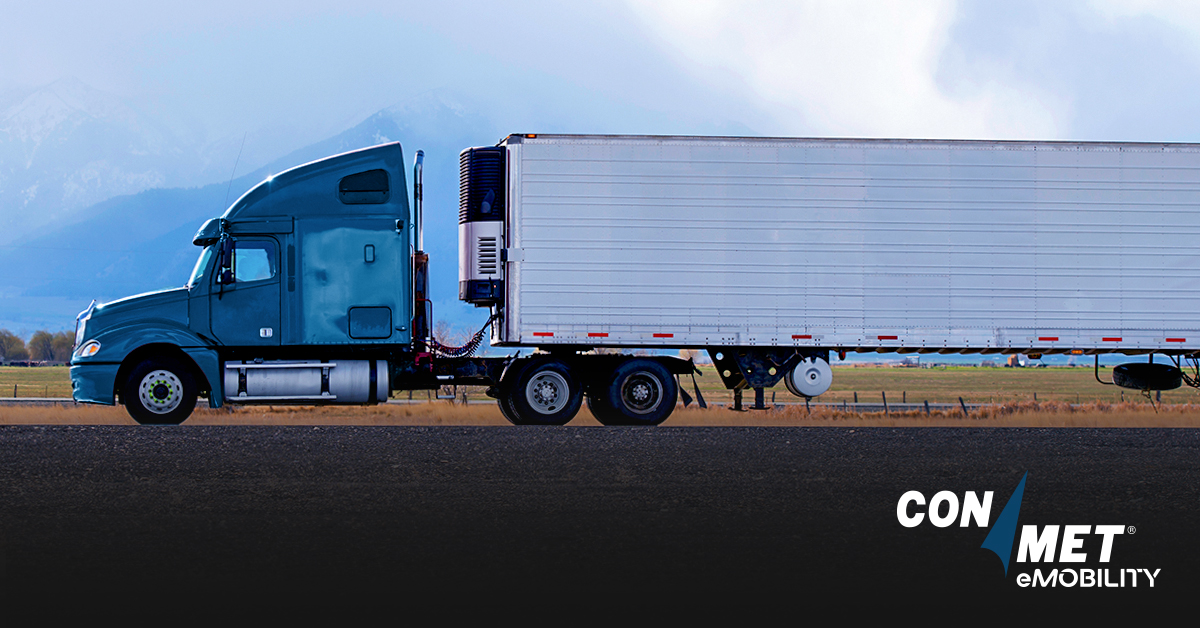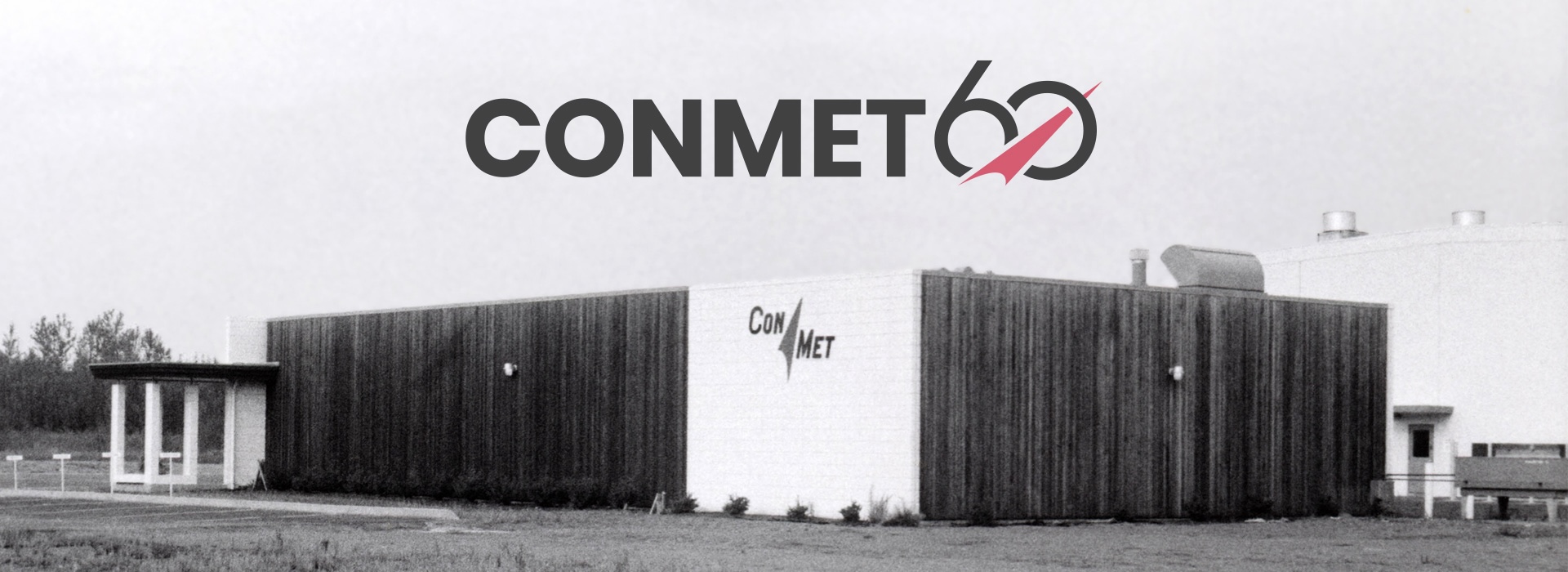Marc Trahand, VP & General Manager ConMet eMobility
The transition of fleets to electric vehicles is contingent upon the expansion and enhancement of charging networks and infrastructure. Given that electric tractors and trailers require substantial energy resources, the present electrical infrastructure in the U.S. finds itself strained, capable of accommodating a limited scope of large fleets. Consequently, achieving widespread availability of this infrastructure is a process that will unfold over many years.
Additionally, the installation of chargers at a fleet’s own facility is time consuming and costly. Setting up utilities to provide enough power for the grid can be a lengthy process, often stretching over months or years. While government incentives can help reduce some of the costs, the financial responsibility of electrification predominantly rests with the fleet owners.
Despite these challenges, fleets are under immense pressure to accelerate electrification as emissions mandates will begin to take effect. They need new, ready-to-deploy technologies to adapt to these changes without causing much disruption to their operations. Fortunately, there are options available.
Electric Reefer Trailers: Easier to Implement Than Electric Trucks
Several fleets are initiating their transition to electrification by adopting zero-emission refrigeration trailers, which present a quicker implementation process due to their lower power requirements compared to tractors. Additionally, a diverse range of options for power generation is readily accessible, facilitating this shift.
To power a trailer’s transport refrigeration unit (TRU), fleets can choose from several options such as solar panels, axle generators, and in-wheel generators. These alternatives not only diminish the dependency on grid power but also cut down on fuel consumption.
Nevertheless, it’s crucial for fleets to carefully consider each option and choose the technology that best aligns with their specific route requirements.
Solar-Powered Reefer Trailers
Solar technology provides a sustainable charging solution as long as there’s enough sunlight, making it a great option for specific scenarios such as when vehicles are parked at a depot. The energy generation from solar charging can vary, offering a range from 2.5kW to a peak of 5kW.
Solar requires optimal weather conditions, though, and does not work in certain climates. Solar-powered trailers often require grid power top-offs between routes, too. The solar panels themselves are lightweight and add less than an inch of additional height to the trailer. But, because of their low power generation, they typically require a large, high-capacity battery that adds significant weight.
Axle Generator Power for Reefer Trailers
Axle generators produce energy as the vehicle moves, offering a continuous source of power. One option for this technology is belt-driven and utilizes a pulley placed between the front trailer wheels. A clutch engages and disengages to facilitate regenerative power, and the system can be designed to operate in different modes of power generation.
The weight difference of axle generators is similar to that of solar technology. It can vary based on the size of battery used and whether the fleet chooses to remove the diesel tank. A solar or axle generated electric TRU system can weigh anywhere from about the same as a diesel system up to 1,000 pounds more.
Where axle generator technology differs in that it can generate up to 15kW of power. It also generates energy faster and more efficiently than solar options.
In-Wheel Generators for Zero-Emission Reefer Trailers
In-wheel generators have emerged as the fastest and most efficient charging option for regenerative technology. The hub and brake drum house the electric motors, protecting them from road debris and weather conditions. Additionally, the in-wheel generators are paired with axles and suspensions already familiar to fleets.
In-wheel power generation operates on high voltage power. This allows the technology to accommodate higher power needs for propulsion. Simultaneously, it enhances efficiency as high voltages lead to reduced voltage drop-off, requiring less power amperage for optimal functionality.
One example of an in-wheel power generation system is ConMet eMobility’s nMotion™ TR 160-45. The motors on this system leverage the existing space between the axle spindle and brake shoes and can produce up to 160kW of power per axle. This provides multiple opportunities for placement within hybrid or fully electric commercial vehicle applications.
The nMotion TR 160-45 system itself weighs approximately 1,800 pounds. Due to the high energy output of the motors, the battery can remain a smaller size compared to other technologies. By having a smaller battery, fleets can quickly recharge either on the road or with shore power. This allows fleets a fast turnaround at the depot to get back on the road, without having to recharge the battery overnight.
How Fleets Can Start Using Alternative Energy Today
Integrating zero-emissions refrigeration trailers into a fleet is a great way to jump-start the electrification journey. This approach poses far fewer challenges than immediately switching to all-electric vehicles. Regenerative power reduces reliance on charging infrastructure, but each type of technology comes with pros and cons.
Fleets should research and consider their options based on what makes the most sense for their use case. Learn more about ConMet’s in-wheel generators and how fleets can benefit from them today at conmet.com/emobility.


